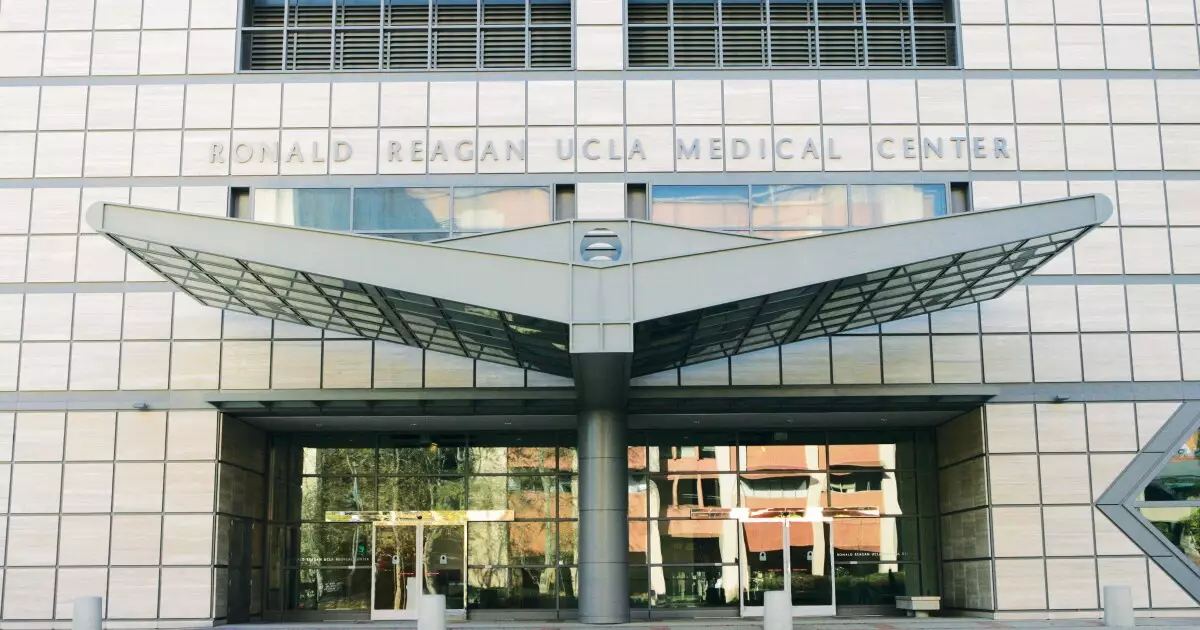In the deeply intertwined ecosystem of American higher education, federal and state funding serve as lifelines that sustain academic institutions, especially those with extensive medical and research operations. However, recent political maneuvers—particularly the proposed federal budget reconciliation package—pose an existential threat that many overlook. The draconian cuts to Medicaid, projected to reduce spending by nearly a trillion dollars over a decade, don’t just imperil healthcare coverage; they usher in a cascade of financial crises for universities that serve as both educational institutions and vital healthcare providers. This complex web of fiscal retrenchment exposes a stark reality: America’s higher education system stands on the brink of a profound transformation, one driven by austerity rather than innovation.
The association of Moody’s Ratings describes these developments as “credit negative,” implying that the very fabric of public and private universities, especially those with sizable medical campuses, faces an uncertain future. As federal Medicaid funds shrink, the ripple effect threatens to destabilize the financial foundation of major research universities and healthcare systems, with the University of California’s extensive health centers exemplifying the broader vulnerability. Given that these institutions rely heavily on Medicaid for patient care, substantial cuts directly threaten their operational sustainability. This is not merely about budget line-items; it is about the potential collapse of a healthcare and educational model that many communities depend on.
What complicates the scenario further is the behavior of state governments reacting to federal austerity. Historically, universities have had to contend with fluctuating state support, often preemptively cautious or reactionary in their responses. Now, with federal funding slashed, states might respond by reducing their own commitments, especially as they confront increased pressure to address health and social service deficits. The result could be a double whammy: federal and state governments both retreating from their responsibilities, leaving universities to fill widening fiscal gaps—gaps that threaten to undermine years of progress.
The Political Theater and Its Impact on Education Affordability and Access
Beyond the direct financial repercussions, this political climate exacerbates existing challenges plaguing American higher education: declining enrollment, burgeoning student debt, and the erosion of public trust. The infusion of austerity into federal policy not only shrinks university budgets but also signals a broader prioritization shift—away from education and healthcare as fundamental rights and toward a more transactional, austerity-driven approach.
The move to impose hefty taxes on private endowments, such as an 8% excise tax on large investment pools at Harvard, Yale, and other elite institutions, reveals a misguided attempt to balance budgets on the backs of those most equipped to bear the burden. While ostensibly aimed at increasing revenue, this policy creates a chilling effect among private universities that rely heavily on endowment income for financial stability, research funding, and financial aid programs. Moreover, it raises a troubling question: are we steering America’s higher education away from its mission of equal opportunity and toward an increasingly stratified system—one where wealthier institutions shield themselves from the fallout while others struggle?
Furthermore, political threats like the potential loss of Harvard’s tax-exempt status over controversies surrounding diversity, equity, and inclusion policies amplify the climate of uncertainty. These symbolic challenges serve as a harbinger for deeper ideological battles that threaten to politicize higher education even further, alienating it from its role as a hub of free inquiry and social mobility. The current policies frame universities not as partners in societal progress but as targets for fiscal and ideological hostility.
Long-Term Consequences: Constraining Innovation and Research
The implications extend far beyond immediate financial concerns. With federal research funding potentially curtailed and federal loans decreased, universities will face constrained capacity for innovation, scientific discovery, and comprehensive education. Academic medical centers, already vulnerable due to their reliance on Medicaid revenues, risk becoming less accessible to the populations that need them most. This could lead to a disturbing bifurcation in healthcare quality, widened inequalities, and diminished national competitiveness.
The credit rating agencies’ cautious stance—highlighting increased spreads on university bonds and the potential for financial instability—serves as an early warning. It signals to investors and institutions alike that the system is under stress, and that only those with robust financial structures will withstand the oncoming fiscal tsunami. The danger lies not in the immediate default but in the erosion of confidence that sustains university bonds, research investments, and long-term growth.
Competition among higher education institutions will intensify, favoring wealthier, more financially resilient schools at the expense of less fortunate counterparts. As funding streams shrink or become unpredictable, institutions will face a choice: cut costly programs, limit access, or increase tuition—further burdening students and families already weighted down by debt. At the same time, the very purpose of higher education—social mobility and innovation—could be fundamentally compromised.
This scenario underscores a perilous reality: the current meltdown reflects a deeper ideological shift that devalues public investment in education and healthcare, favoring austerity and privatization. If unchecked, this approach threatens to entrench inequality, diminish America’s global innovation edge, and erode the social fabric that binds educated citizens to the ideals of opportunity and progress. The future of higher education in America hinges on whether policymakers recognize that fiscal shortfalls are not just numbers but declarations of cultural priorities—priorities that currently favor austerity over long-term societal investment.


Leave a Reply